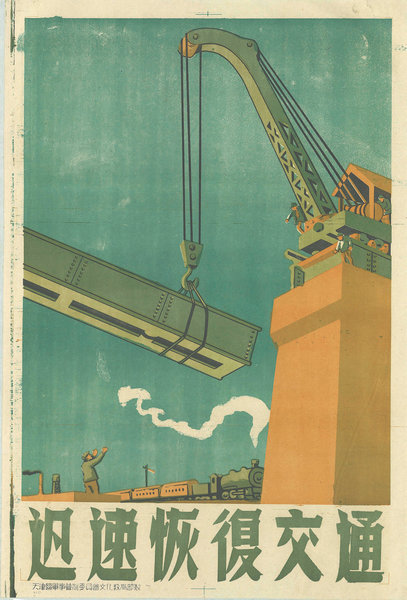

Is there a link between Ming-style furniture and the sedan car? The idea is improbable, or so it may seem at first. After all, Ming-style furniture dates back to the dynasty that ruled between 1368 and 1644, appearing centuries before the automobile, and is known for its minimalist design, the result of collaboration between intellectuals and master craftsmen, use of precious hardwoods and mortise-and-tenon joinery.
But when Jia Yanliang was assigned to design a prototype for Hongqi (Red Flag), China's best-known domestic automobile brand, at the First Automobile Works in Changchun, Jilin province, in the 1960s, the then 24-year-old turned to the simple, neat lines of Ming-style furniture as a reference when it came to the now iconic CA770 sedan.
Jia's integration of the structural beauty of Ming-style furniture with the design of modern vehicles can be traced to his work as a student at the Central Academy of Arts and Design, today's Academy of Arts and Design, at Tsinghua University.
A design for a sedan he drew in 1959 hints at the solemnity of classical Chinese architecture and furniture, as well as what he later described as "a sense of forward motion".